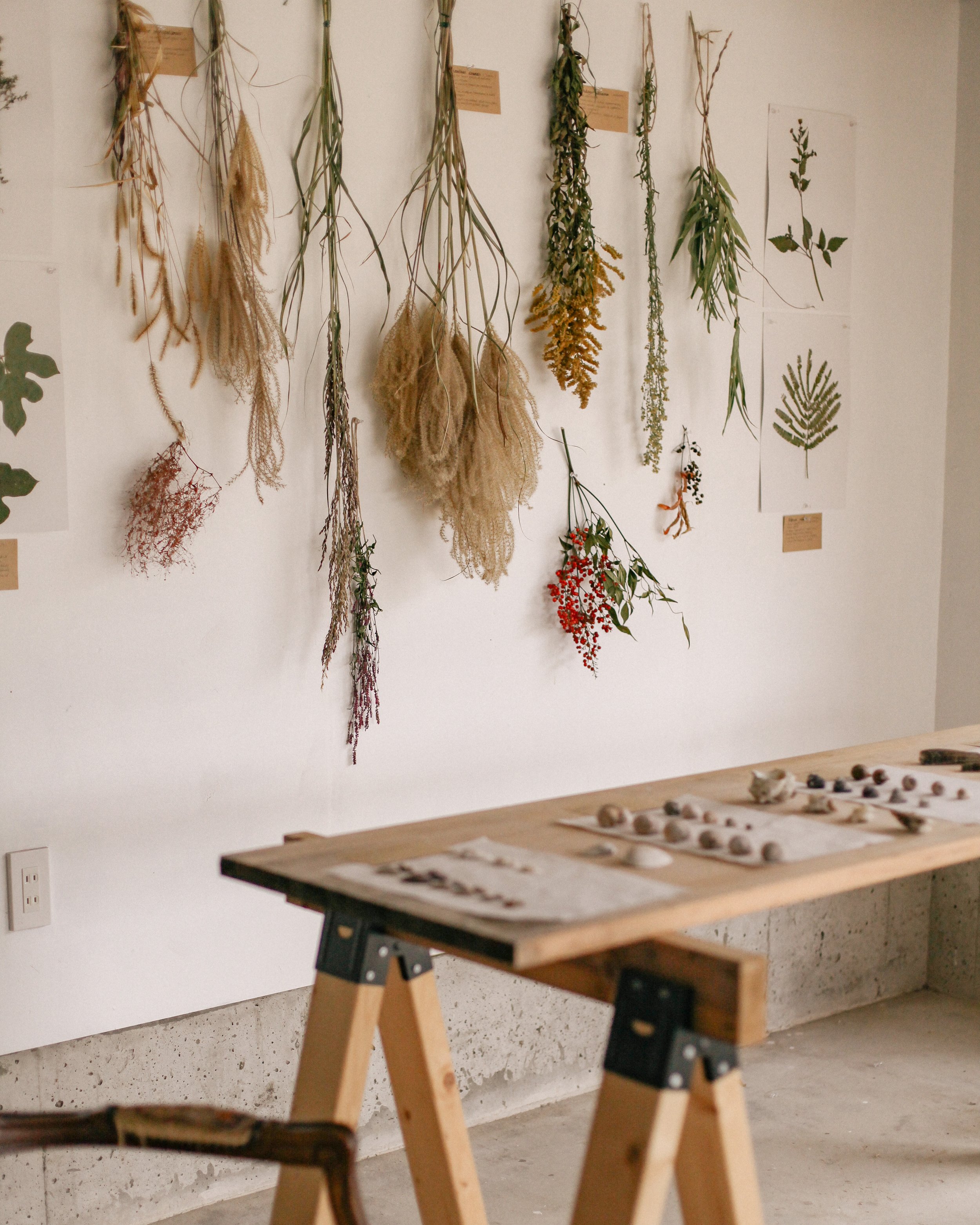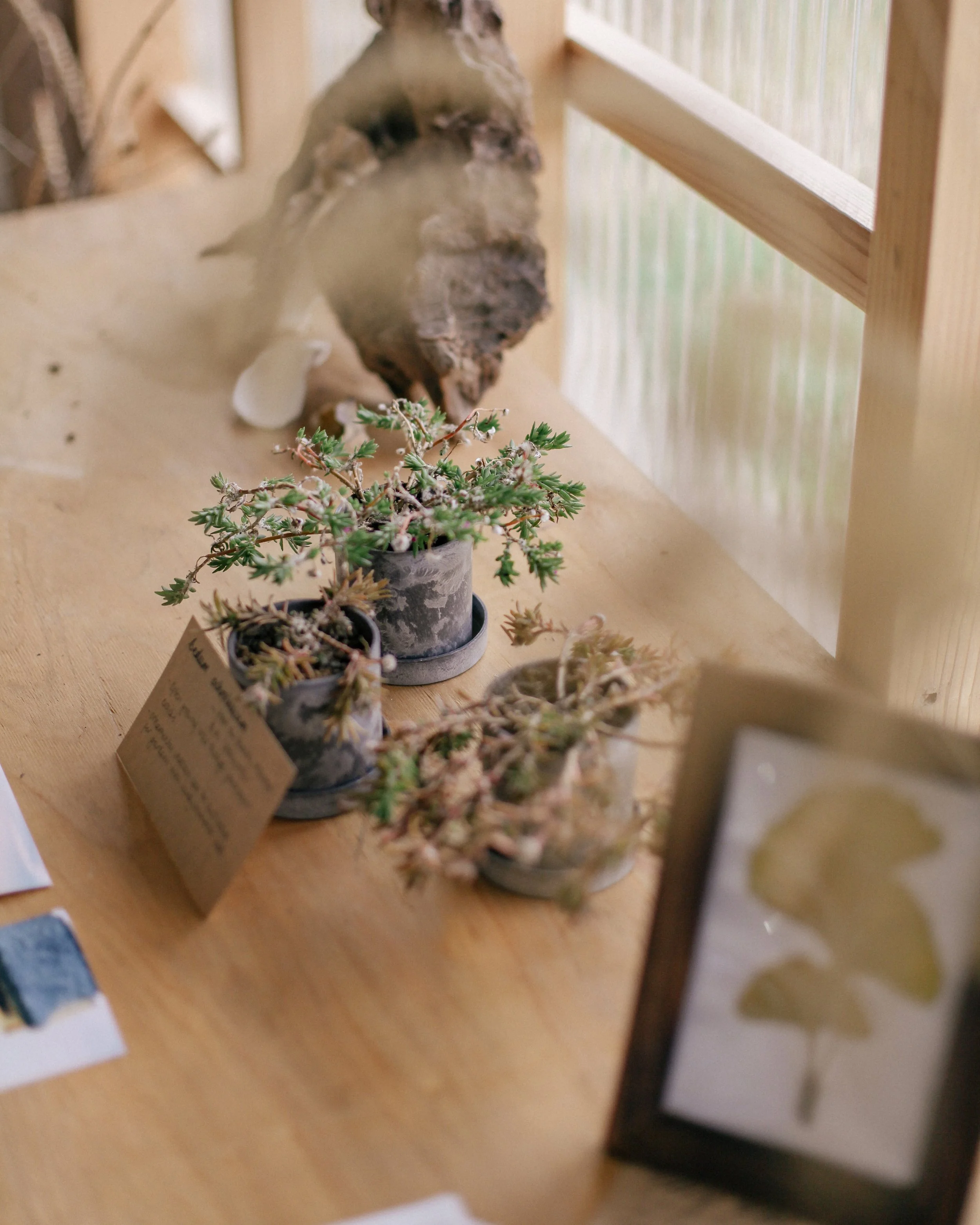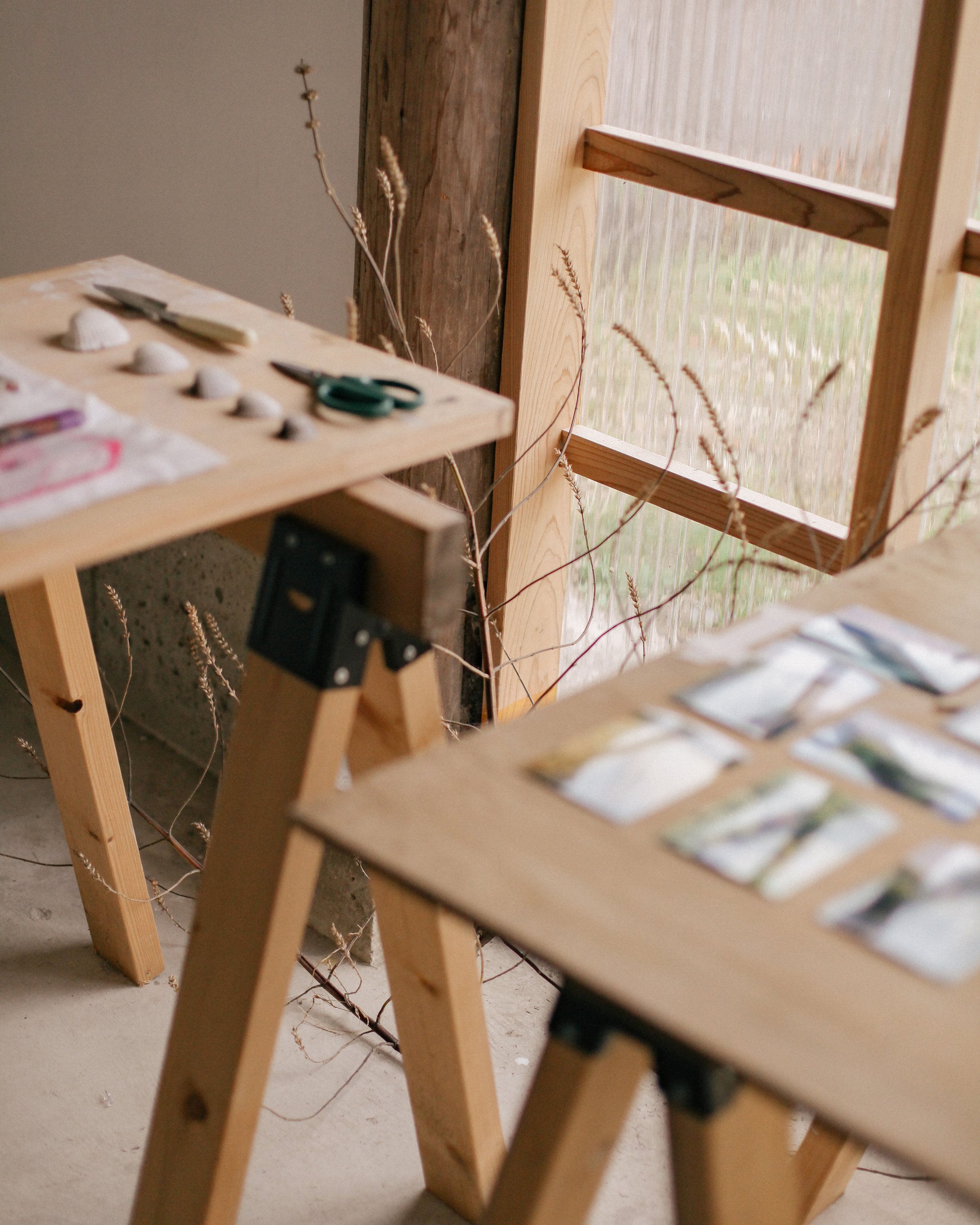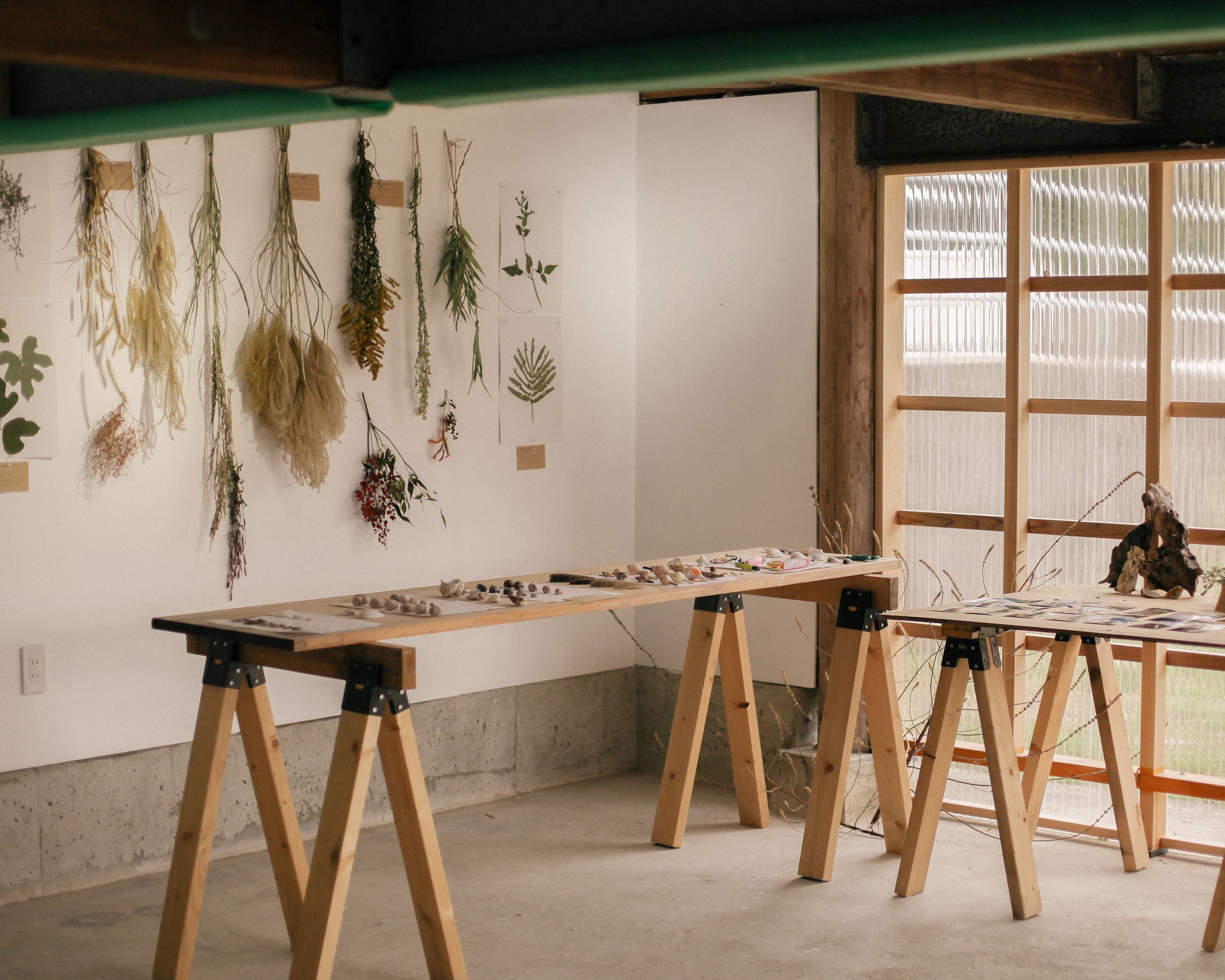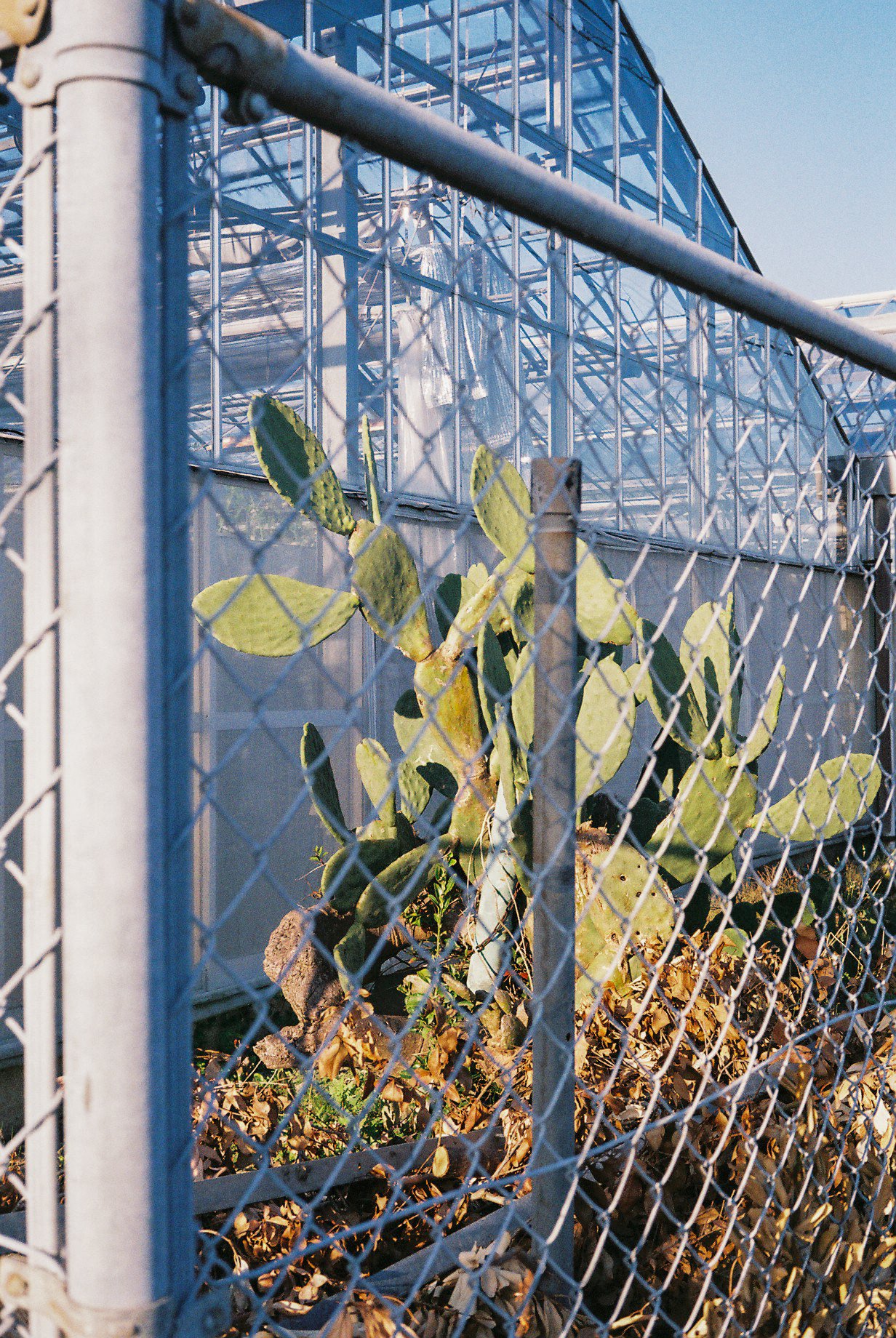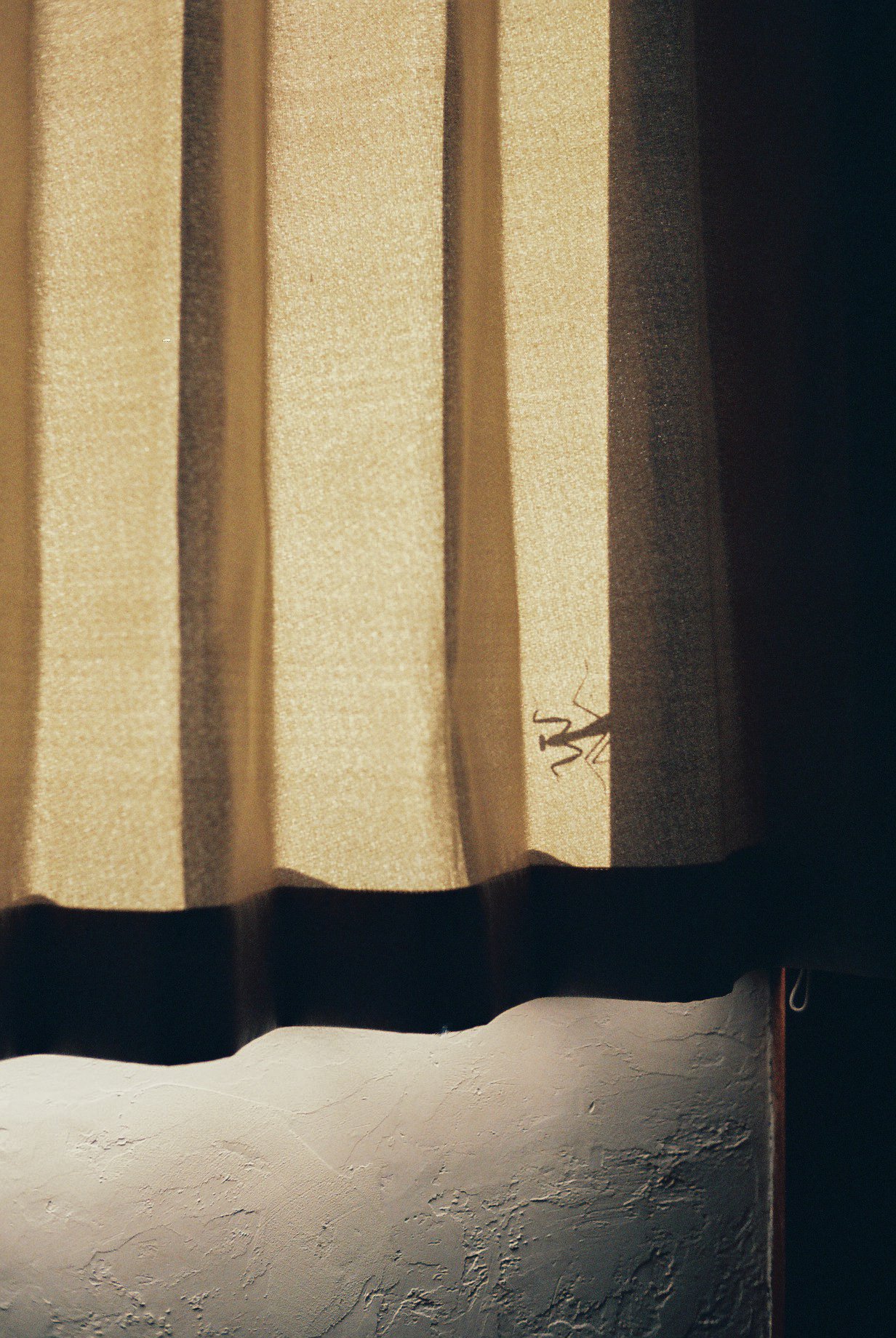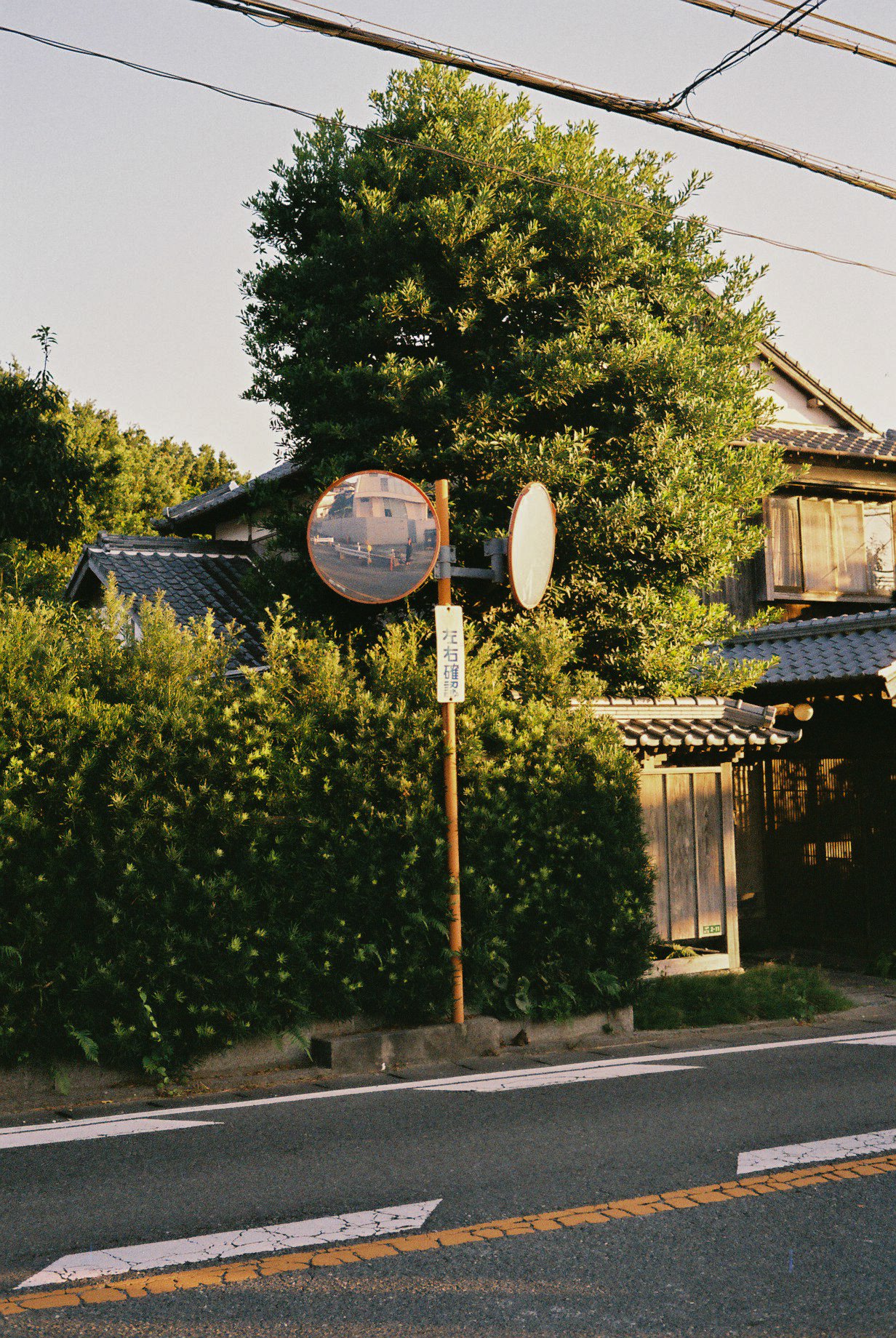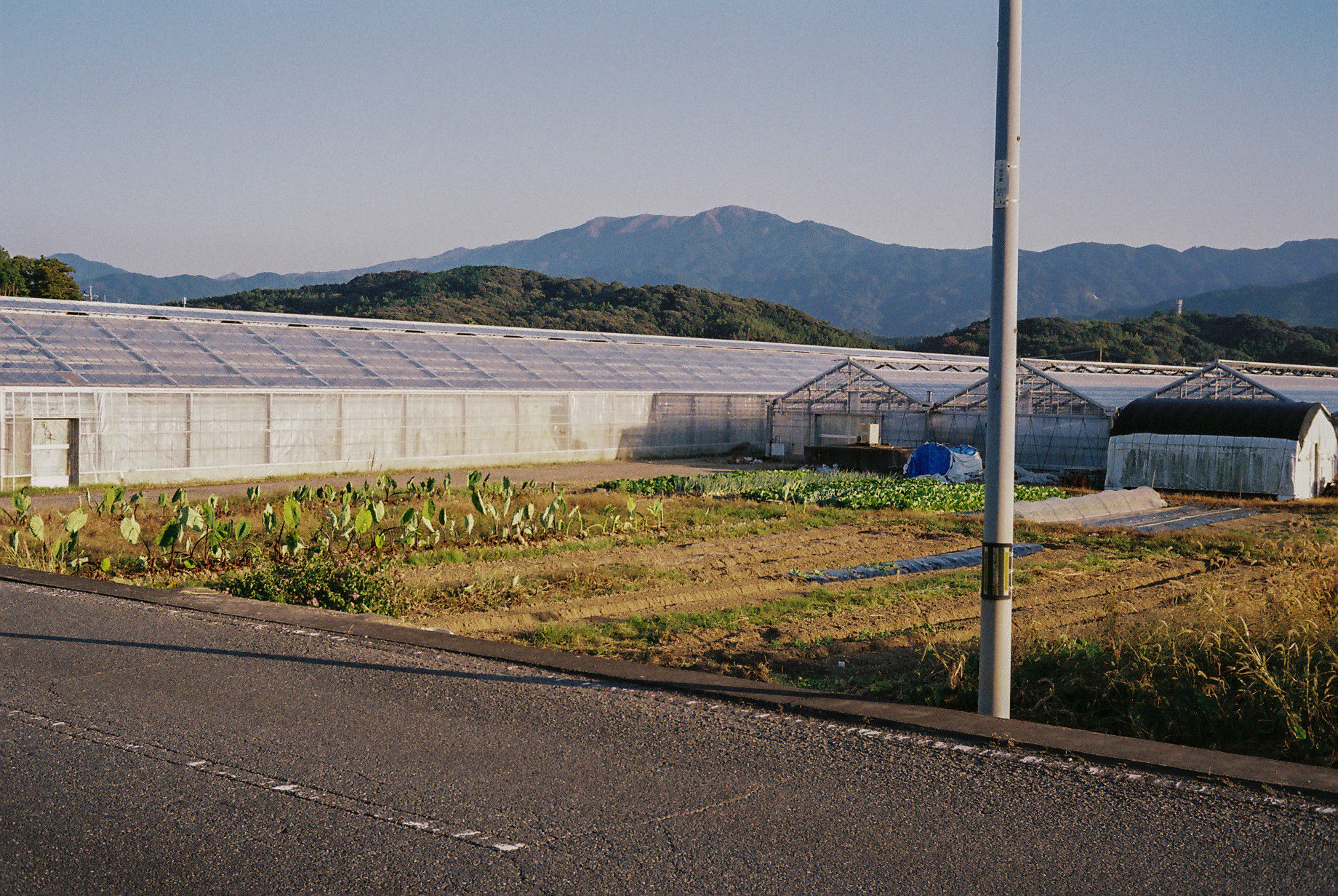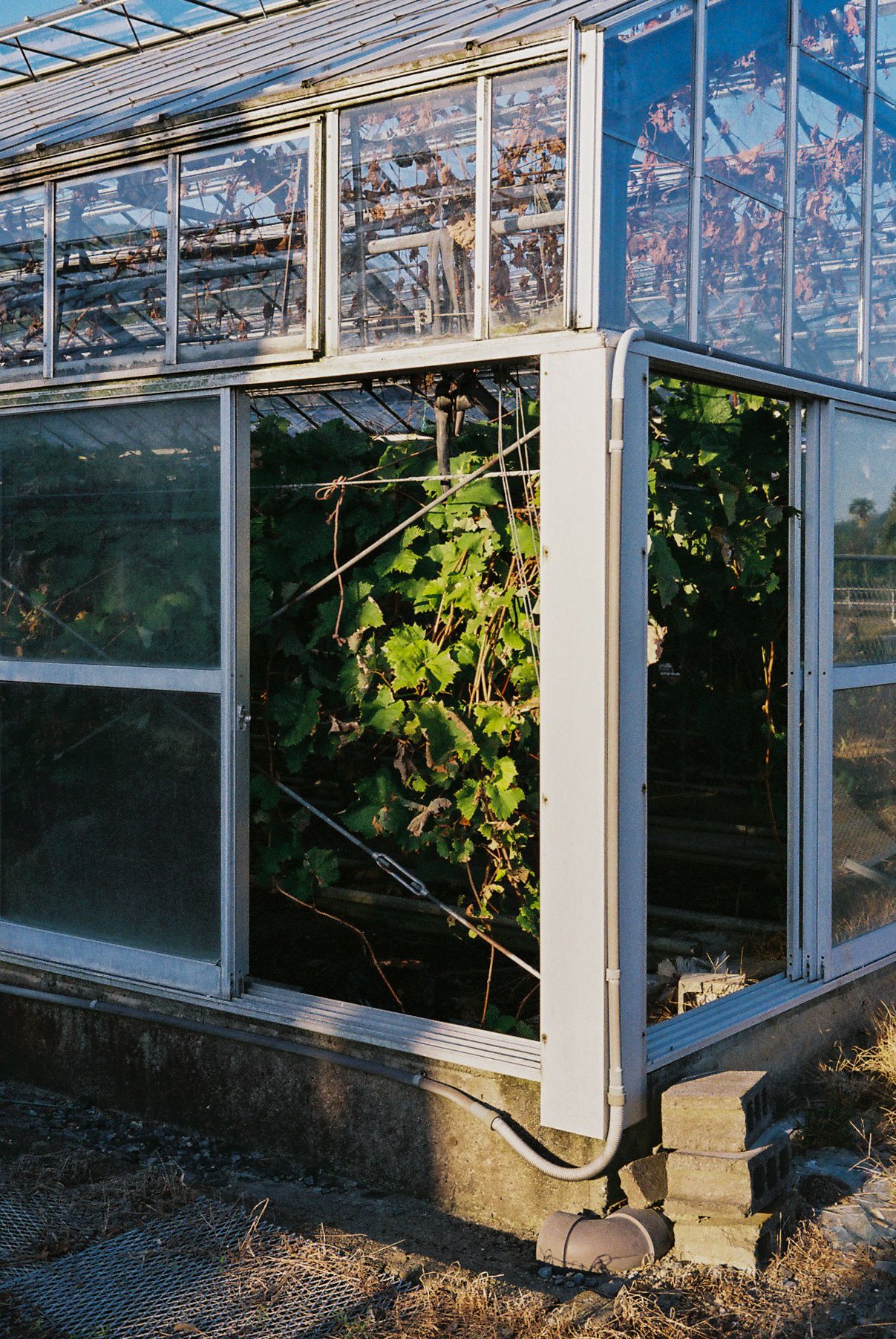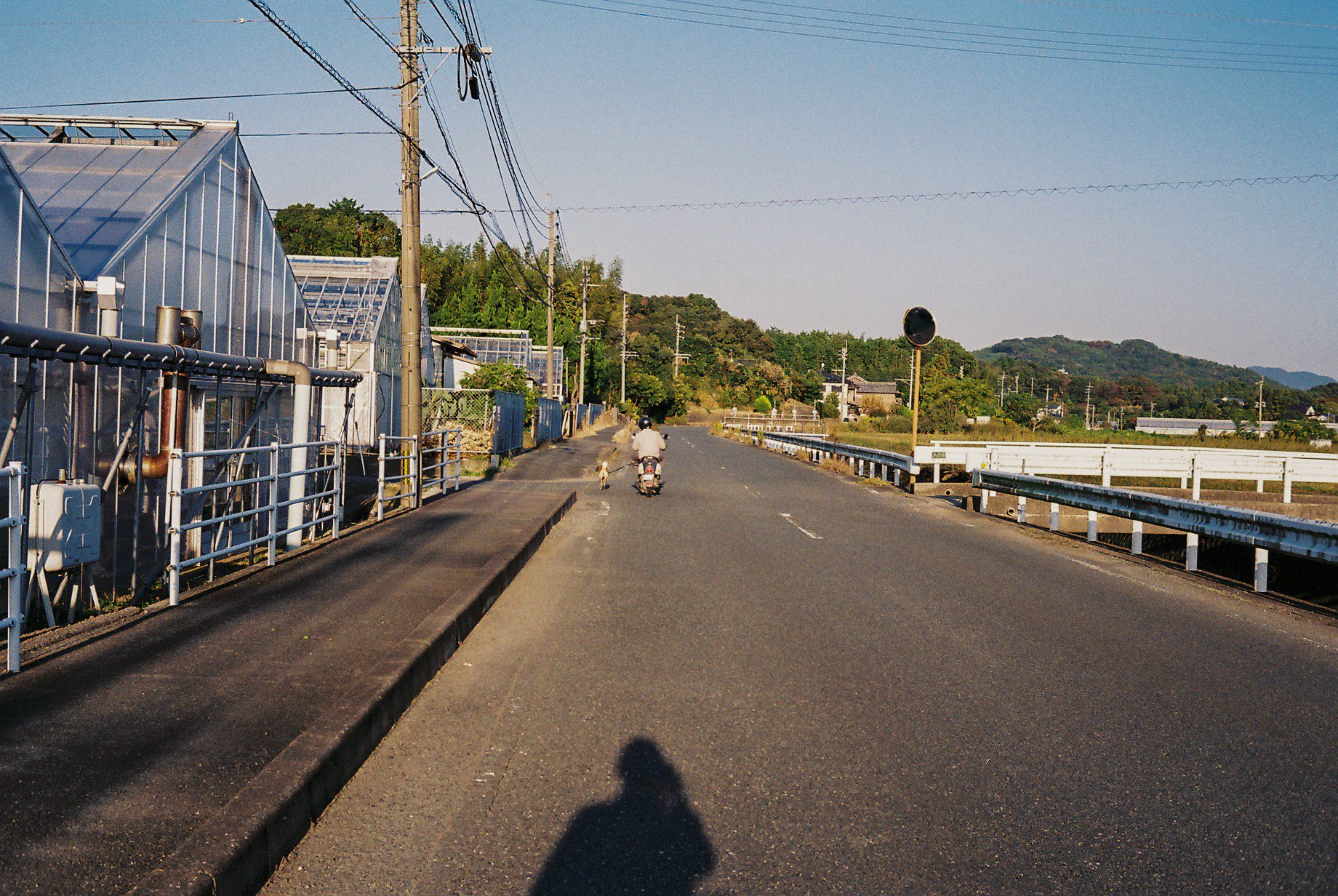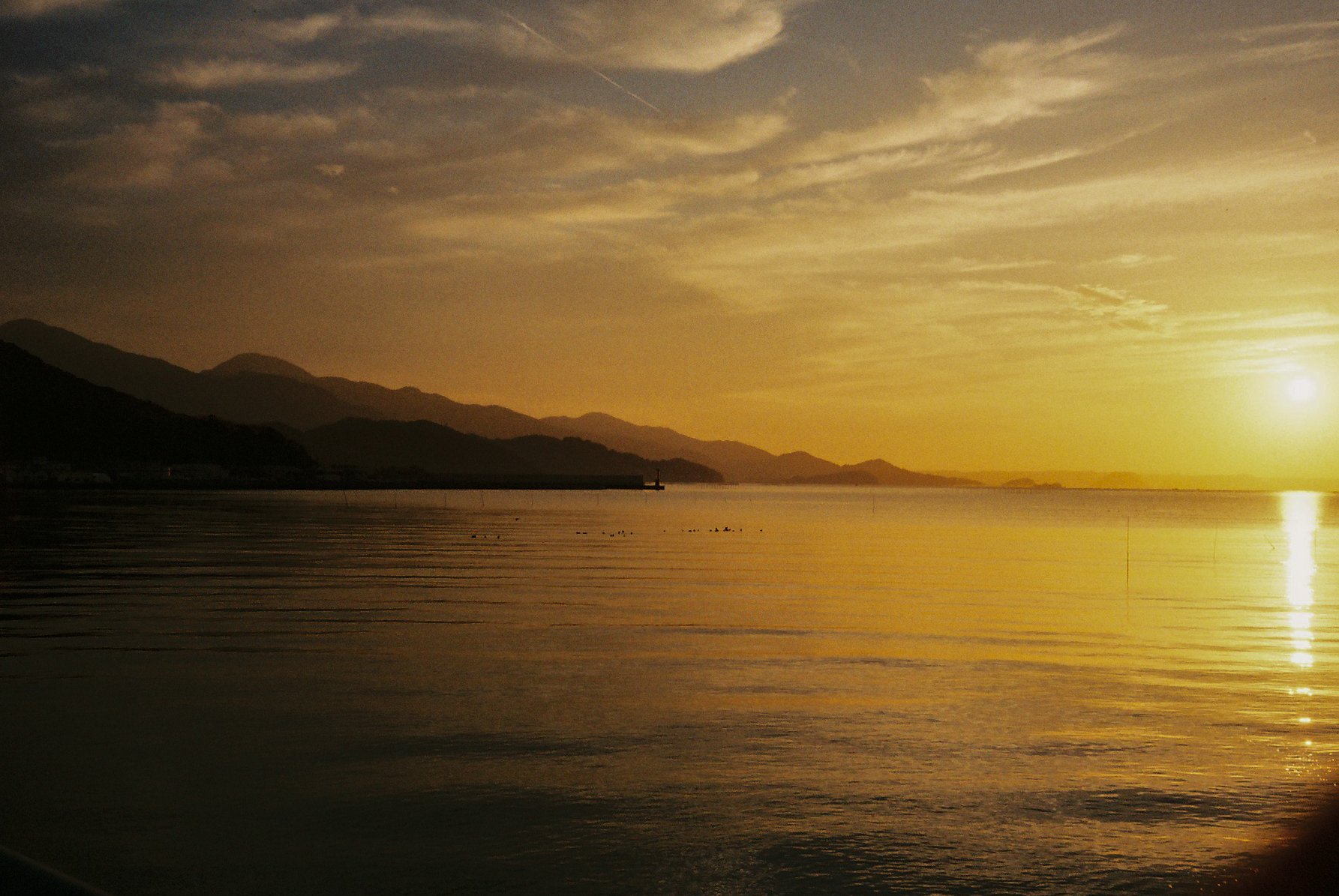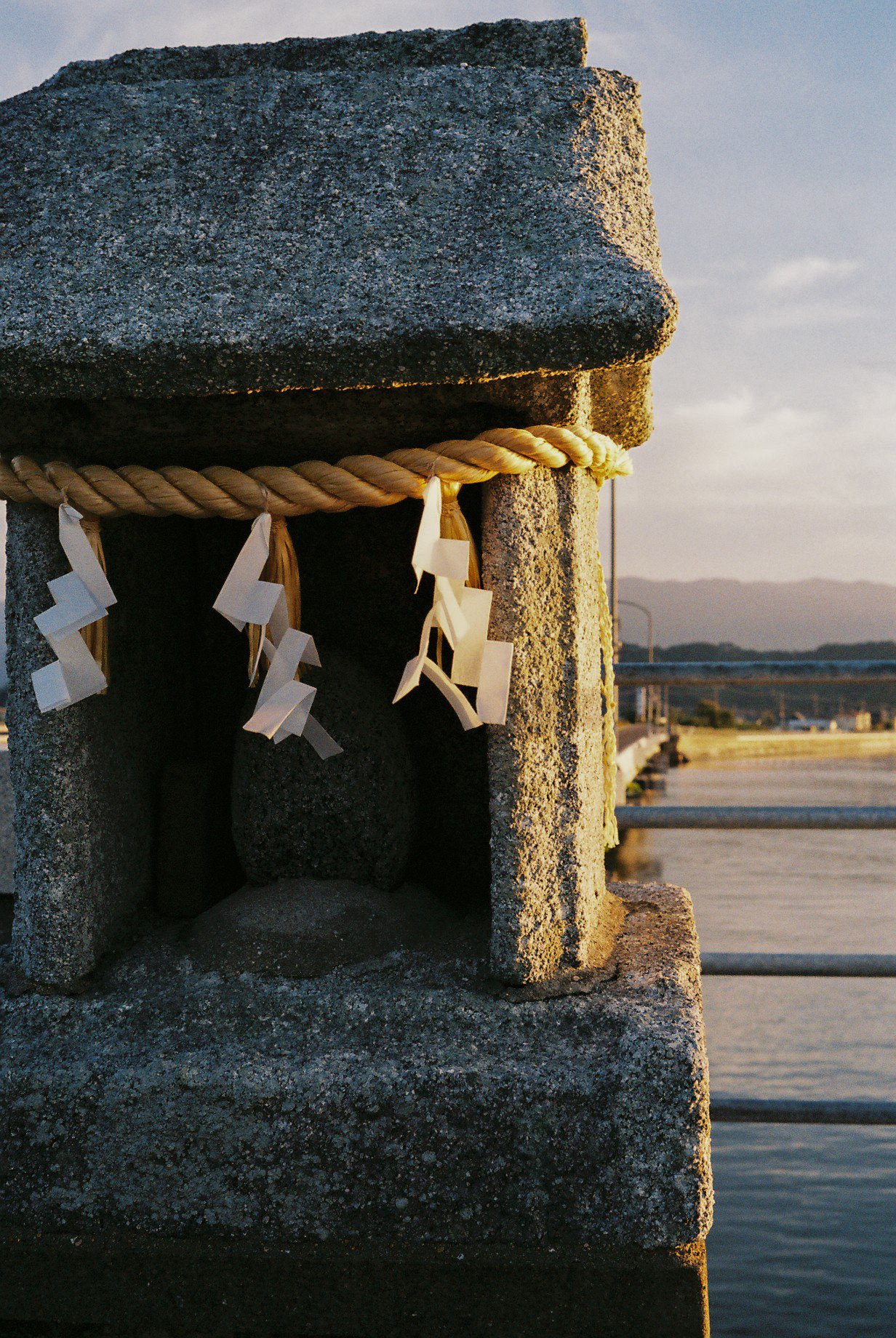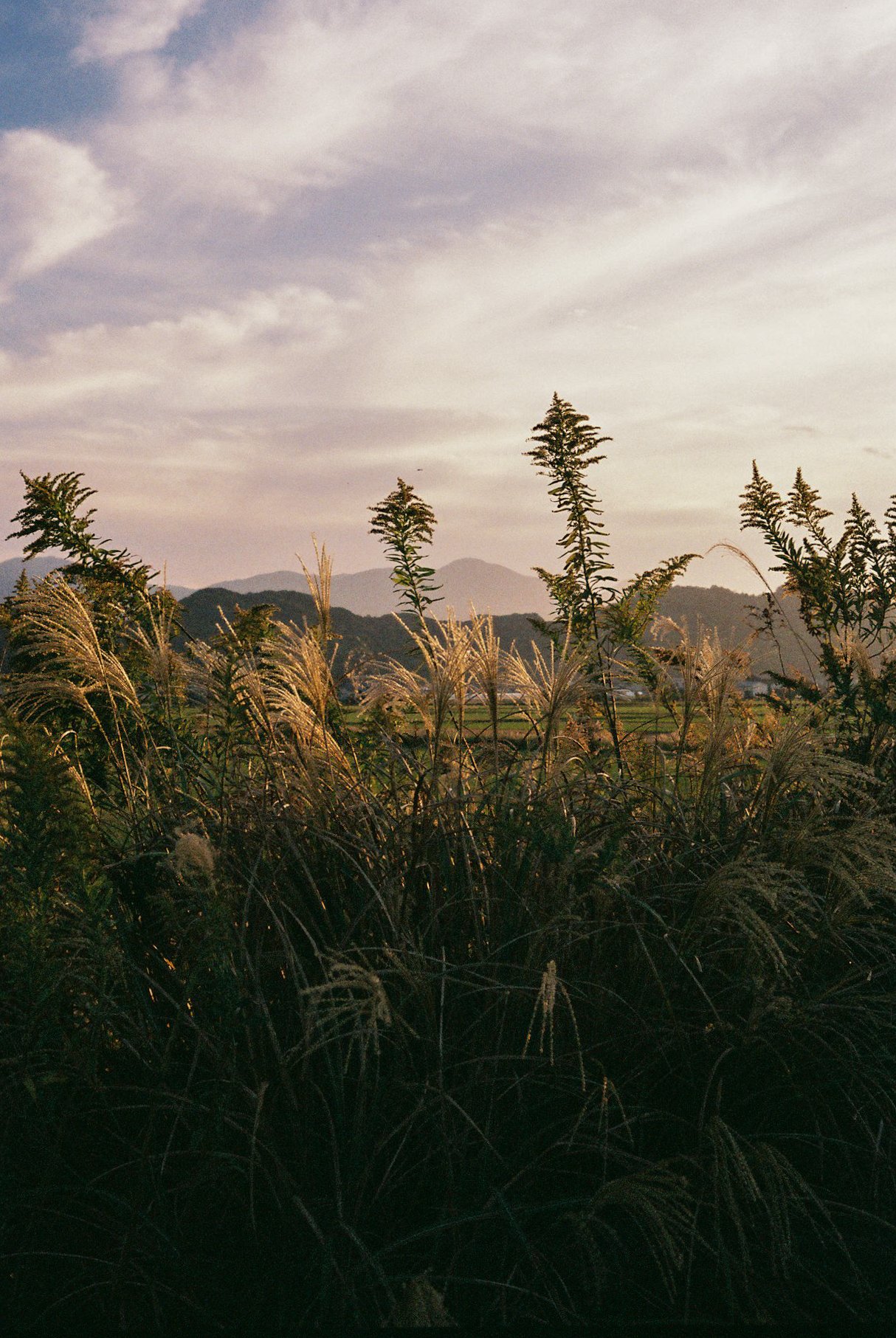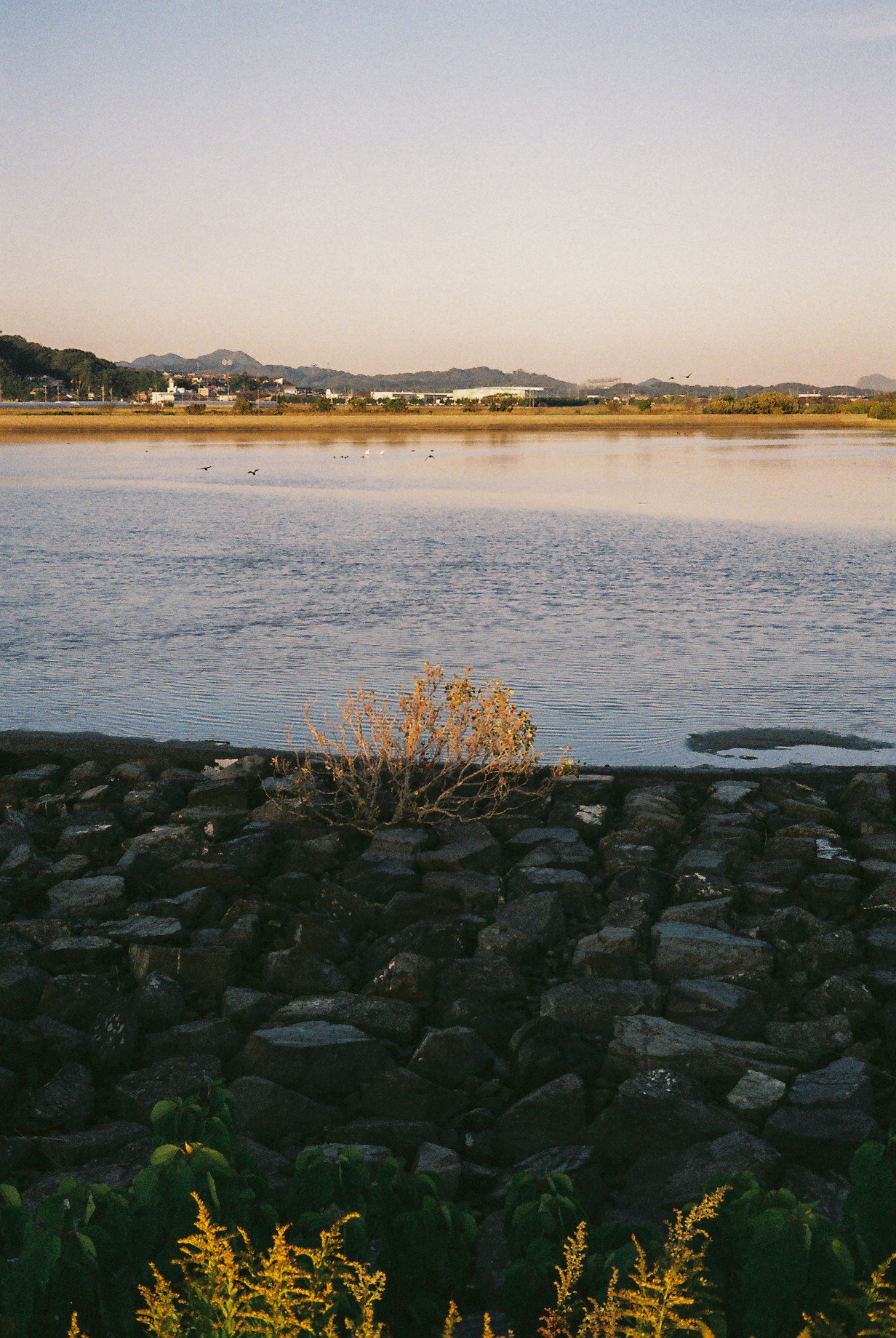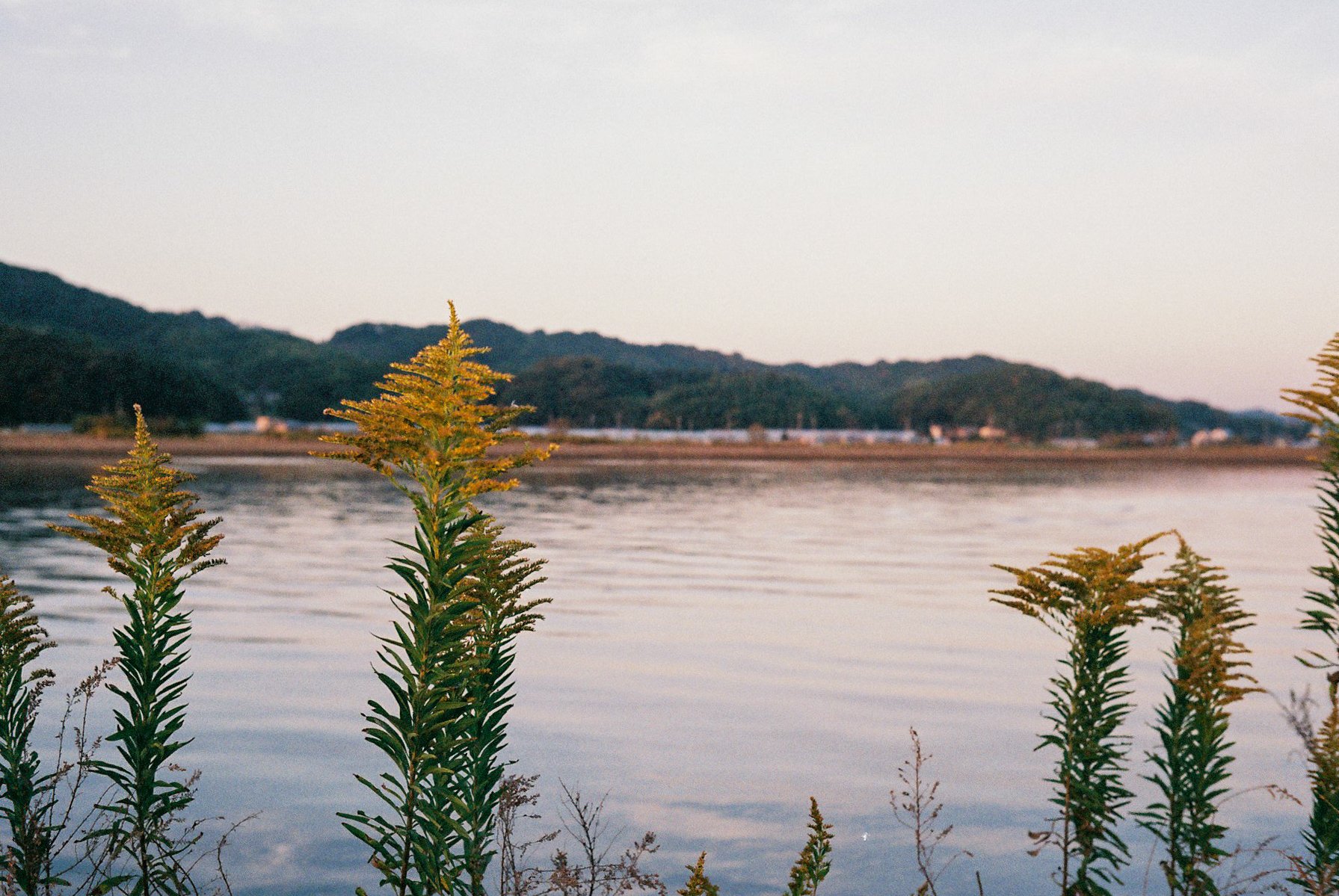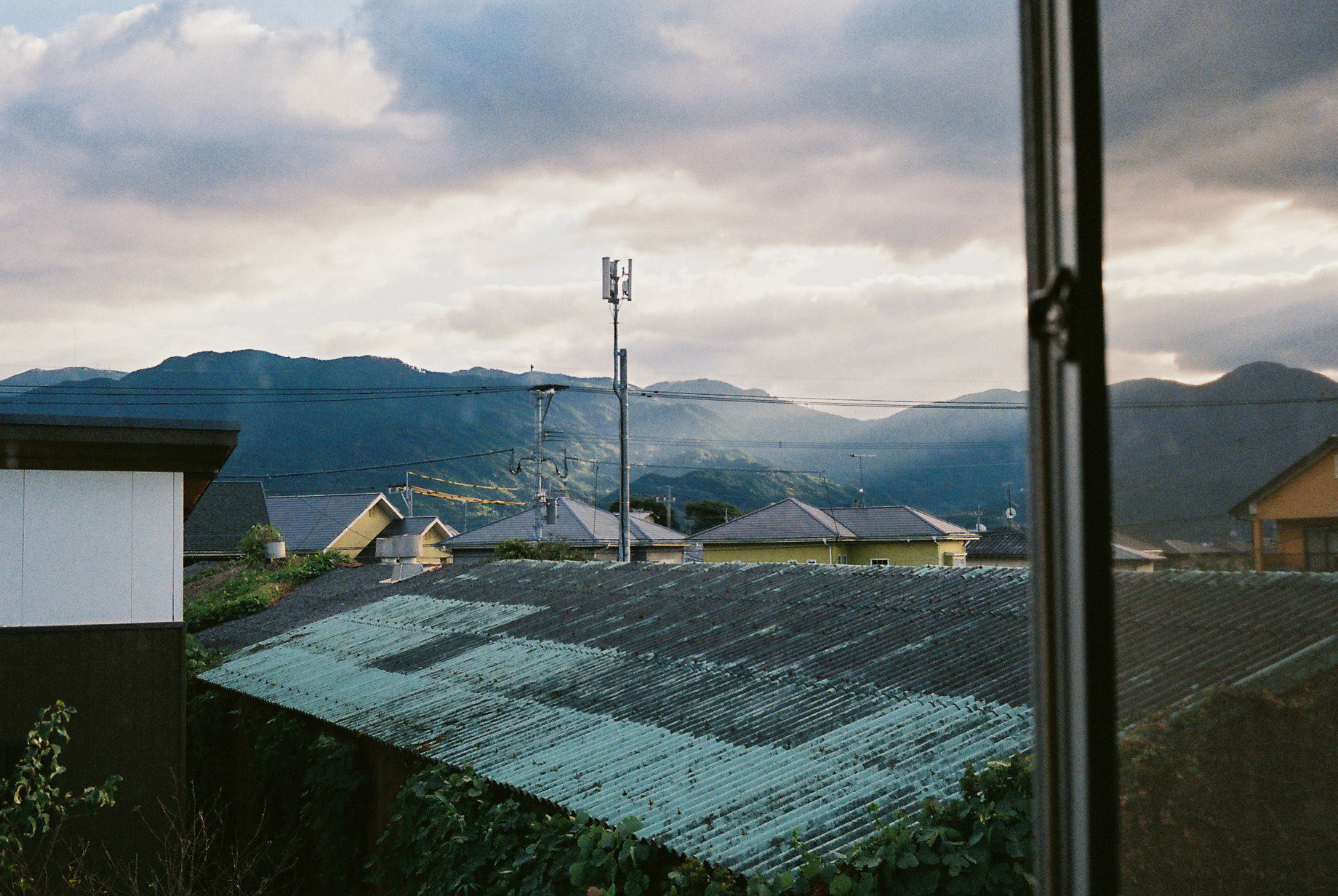Artist Residency: Studio Kura, Japan.
In November 2023, I undertook a one-month artist residency at Studio Kura. It's a multidisciplinary residency space in Itoshima, Japan. Located about 40 minutes south of Fukuoka city on the island of Kyushu, Itoshima offers a rural setting in which to work, far from the distractions of larger cities.
Life in rural Japan isn’t new for me. From 2014 to 2015, I lived in Nishiwaki-shi: a tiny ‘city’ surrounded on all sides by mountains, in the heart of Hyogo prefecture. My apartment overlooked rice fields and mountains, and a day off would involve two-hour train rides into Osaka city to see friends. Everything was new and exciting in my first year, though, and the rural setting offered endless opportunities for hiking in forested hills, and cycling along wide, slow rivers. After a year, I changed jobs and moved to Osaka, before eventually settling in Kyoto city for a further three years.
Since moving back to England in 2019, I’ve lived in rural West Dorset, and the construct of the ‘rural idyll’ is familiar to me. Returning to a rural Japanese city in 2023, however, felt intensely like intruding on my own past. Ultimately, this visit to Japan, lasting from October to December, was about reconciling ‘life now’ with ‘life then’, and drawing a line under my complicated relationship with the country; a kind of ‘home-but-not-home.’
I had decided to let November's project develop as a direct response to place, and not to pre-plan any element of it. I also wanted to step away from photographic work, instead attempting research-led multimedia works, or an installation. The key element informing the residency’s direction was the 1906 novel, Kusamakura, by Japanese author Soseki Natsume, which I’d started reading at the beginning of my Japan trip. ‘Kusamakura’ means ‘grass pillow’, inferring the act of travel and laying one’s head to sleep on grassy ground. The novel shares a uniting narrative with all of Soseki’s work; namely, the author’s grappling with Japan’s rapid Westernisation during the Meiji period, and the subsequent perceived evaporation of identity and nationhood.
In the past year, I’ve become dissatisfied with ‘contemporary modern’ social norms within the digital context. Images have become ubiquitous, and are frequently falsified or used to misrepresent. Berger and Debord and Sontag have pole-vaulted from the past into the present, more uncannily relevant than ever. Even with the blueprints they developed for engaging with images, the ubiquity of meaningless tripe is rushing forth like a tidal bore. Is it worth examining? I am sure I’m not the only adult to have found sanity in returning to books, spending more time outdoors, and looking to pre-social-media generations to remember what creative outputs looked like.
I wanted an escape from the endless cycles of digital misery, and chose to search for it in nature. I’ve been a dedicated museum-visitor since childhood, and during my three-month visit to Japan, my first stop in every city was a natural history museum. After a solitary and highly digital pandemic, I wanted to actively re-engage with pre-smartphone norms. Fortunately, Japan is arguably the best country in the world for museums, both in number and variety, and I never ran out of options.
After my first few days in Itoshima, I decided to create a ‘pop-up natural history museum’ dedicated to the plants, wildlife and geology of the immediate region. Research days were spent sweating my way up mountains on a creaky single-speed bike, backpack and bike basket full of plant specimens – itchy work, with the occasional stowaway orb-weaver. (Thanks to Boris for removing them from my studio space humanely). I dried and pressed plants: native kuzu (Pueraria montana), invasive goldenrod (Solidago altissima), endless varieties of Miscanthus. I made note of their distribution, altitudes and known uses, blending phytogeography with ethnobotany to build a bigger picture of what these plants ‘mean.’
Learning about human uses of plants seemed to me an ideal way of connecting a culture’s present with its recent and distant pasts. Unfortunately, the connection that contemporary ‘developed’ nations hold to plant life is now notably diminished. I don’t believe it’s a coincidence that this disconnect has led to societies and individuals becoming ‘rootless.’
Cycling farther from the residency house, I followed the languid flow of the Nagano river as it joined the Izumi river; the latter is, at its mouth, a tidal estuary. The rivers were home to manila clams, crabs in their millions, and birds: Eurasian wigeon, plovers, great and little egrets, grey herons, squadrons of black kites, and a pair of osprey. What I didn’t expect was the filth; the pollution. I had no memory of waterways looking this shabby when I lived in rural Hyogo, or in any other part of Japan. An ever-present film of iridescent slick lined the water’s surface, with chunks of foam and scum clinging to reeds and sandbars.
The state of the waters became worse when I cycled in the opposite direction, to the long, sandy beach in the town of Fukae. The scenery was a facsimile of an ocean paradise: low mountains rose from the shore, covered in a dense layer of black pine. Kites wheeled overhead, and the sand looked pristine, from a distance. As I walked along the shore, collecting shell specimens for the installation, I picked up plastic in equal amounts. Discarded fishing lures, broken lighters, packaging, pens, more fishing detritus, the decapitated head of a ceramic Mickey Mouse figurine. Further up the beach, a high tide and storm surge had left a tideline of polystyrene spheres, which I almost mistook for snow. A small river leading out from the town had washed plastic detritus along with it: old shoes, a broken bucket, more plastic wrapping.
On reflection, my expectation of a pristine countryside in Japan was naive. As a historically self-sufficient nation, Japanese agriculture is heavily subsidised by government money. This includes the provision of fertilisers and pesticides, which appear to be used in abundance, and are washed into waterways after rainfall. The rivers and drainage channels throughout Itoshima were atrociously polluted, with smaller, earth-lined drainage ditches appearing completely anoxic. Larger rivers were homes to huge populations of mud-burrowing crabs, small fish, and the birds who predated on them. None of these animals had a choice in where to find their food, and so lived, breathed and ingested the toxic cocktail of agricultural chemicals and microplastics which permeated their homes.
I developed a habit of carrying waste disposal bags with me on my visits to the beach. One shell, one piece of plastic, gathered in repetitive motions. An oyster gilded in mother-of-pearl, a broken lighter, a pale shark-eye moon snail shell, a tangled mass of fishing line. All of these things found a place at the residency’s final exhibition, broken plastic sat next to shells and plant specimens. I’d set out to create a straightforward documentation of the Itoshima bioregion through geology, botany and phytogeography; I hadn’t considered how to contend with the extent of the human impact on the region.
I’ve had a few months to reflect on my time in Itoshima. The project opened my eyes to the extent of pollution in Japan. People often declare that Japan is ‘so clean’ and ‘pristine’ - this isn’t the reality (and I assume people making these observations have never heard of the Minamata poisoning). It’s not a case of pointing fingers, though. The UK sets a poor example in caring for our rivers and seas, which are currently treated as free dumping grounds for privatised water management companies. While I can’t change Japan’s situation – this is for Japanese people to reckon with – I am now painfully aware of the need for citizens of the UK to maintain pressure on both government and private industry in order to protect our natural environments.
During my time at Studio Kura, I was fortunate enough to work alongside an excellent cohort of artists from all corners of the world; each of us was able to be honest about our struggles in our medium, and to share in the complexities of developing projects that responded to such a specific place. In deliberately stepping away from photography as a medium, I was able to re-assess the role that photography plays in my creative output. The enforced time away from making photographs served as a wind-up mechanism; I was catapulted into new ideas and a renewed commitment to the medium as a result of staying away from it.
Studio Kura itself offers a welcoming environment for artists working across all media; their recent addition of a fabrication lab has added 3D printing capabilities to their offering. They’re also planning to create a material input method that allows waste plastic to be used as a raw material for the 3D printer; a welcome combination of concern for local environments, and creative outputs.

